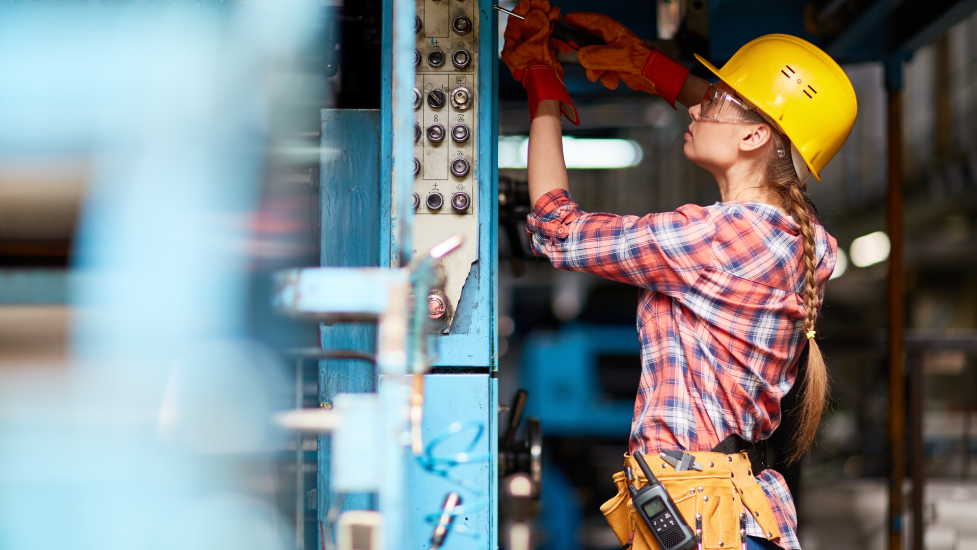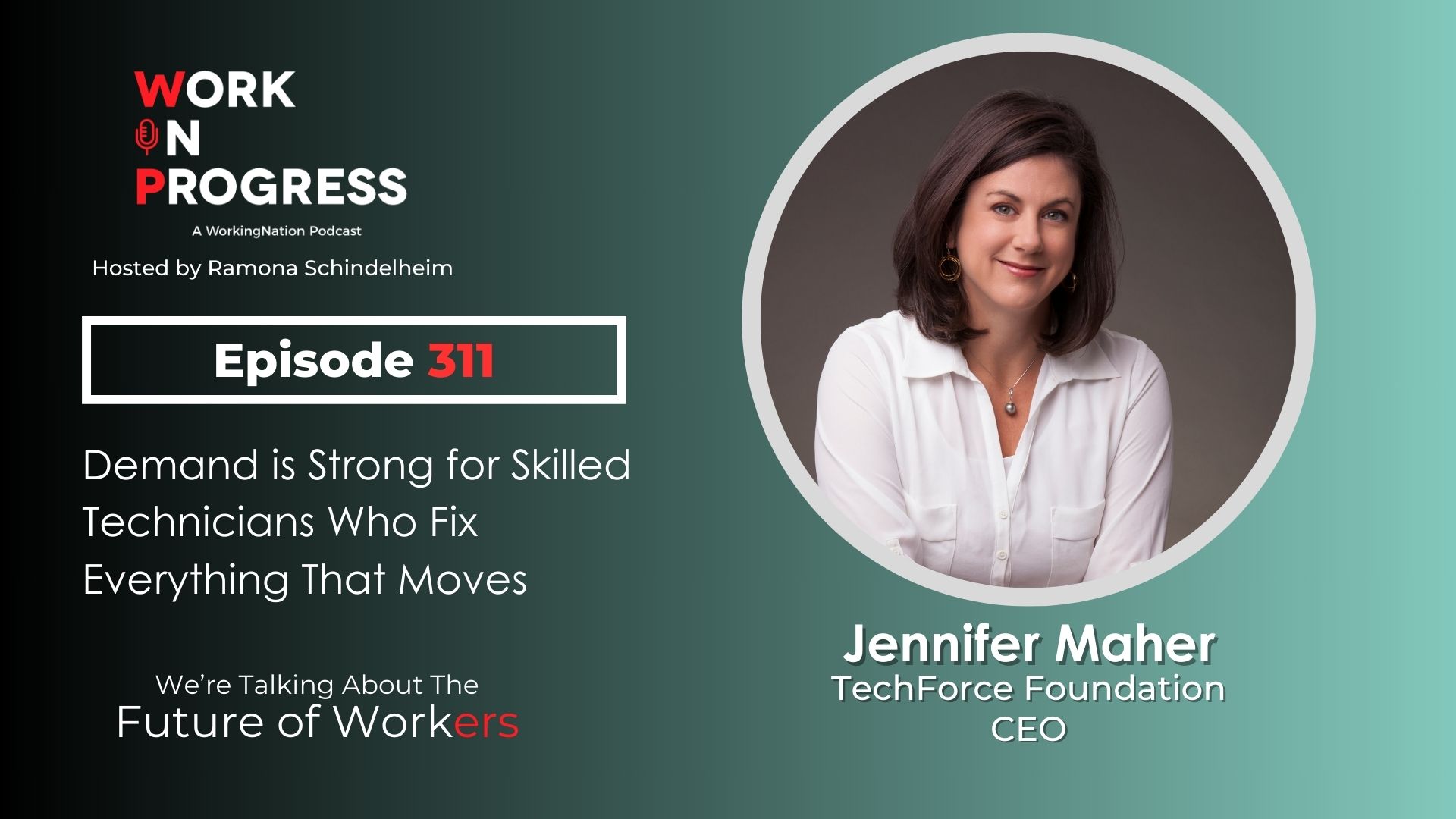
It’s no secret that the skilled trades—plumbers, electricians, welders—are not thought of as the most exciting jobs the labor market has to offer. Nearly two decades after Dirty Jobs with Mike Rowe premiered on the Discovery Channel, the dirty jobs themselves still don’t enjoy the prestige of careers like doctor or lawyer that traditionally signify success.
The truth, of course, is that the skilled trades are among the best jobs out there. According to the Bureau of Labor Statistics, the median pay for plumbers in 2020 was more than $56,000 per year. For HVAC mechanics and installers, it was more than $50,000—which amounts to more than $24 per hour.
These are good-paying jobs that require no college degree (and no debt). But employers in those fields consistently face labor shortages—and they often report that “public perception” is the primary reason why.
That stigma has a profound effect on not just the trades themselves, but also the labor market as a whole. As a recent PBS NewsHour special put it, “Millions of people are still looking for work, but some employers say they can’t find enough skilled workers for certain jobs.” The perception of skilled trades is starting to warp the entire U.S. economy, as jobs go unfilled, and demand continues to outpace supply.
But, in an ironic twist, COVID-19 may be changing that narrative.
Over the past 18 months, skilled tradespeople have been keeping life going. Think of the HVAC technicians and plumbers who have helped newly-remote workers deal with overused air conditioners, dishwashers, and water heaters.
Those of us in the trades understand that we are professionals, even though the term is often saved to describe doctors and lawyers. We possess a specific set of skills, and the only time you see us is when you need those skills. Well, the pandemic has created a lot of needs, and skilled tradespeople have been able to fill them.
The economic impacts of the past year are increasingly clear as well. While too many restaurants and concert venues felt the brunt of COVID-19’s impact, many of the skilled trades businesses have not shut down. In fact, they stayed steady—and many are even continuing to grow. Demand for the sort of specialized services that skilled tradespeople provide has expanded over the past year. And as we chart a path to economic recovery, with an increasing focus on “resilient” jobs, we need look no further than the roles that provide the help our country has needed the most.
We’ve even seen the impacts when it comes to education. At Penn Foster, where I lead the programs that provide training in roles like residential electricians, plumbers, HVAC, and other critical occupations, enrollments have never been higher. Hundreds of students a month are enrolling in these programs, suggesting that more people are recognizing the importance of the work—not to mention the fact that it’s a well-paying, stable career path.
To put it simply, workers throughout all the skilled trades have spent years in the shadows. Now, they’ve been thrust into the light—and they continue to shine.
The question now is: what do we do about it? How can the skilled trades industry seize this opportunity to shift the narrative? How can we ensure that the recognition of tradespeople during the pandemic can persist even when the traditional rhythms of life have returned?
If public perception and narrative are the problem, maybe telling the right stories can be the solution.
Think of David Jones, who was able to complete an associate’s degree in construction technology and a bachelor’s degree in business management through an online, self-paced program that let him learn on his own time, even while managing the responsibilities of full-time work and parenthood. Now, he’s been promoted to a construction services manager, where he can put his skills to use (and make more money, to boot).
And that’s just one example. There are stories like this in every town, city, and state. And we need to rally behind these stories and lift them up so that more people understand the opportunities that the skilled trades can provide.
Think of the potential if we continue to lift up the stories of the tradespeople who are helping us keep the lights on, the toilets flushing, and the air circulating at a time when all of those things have outsized importance in our lives.
Think of the economic impact if we can change the conversation around skilled trades, and help more people embrace dirty jobs.
Think of the way that we can inspire the next generation to pursue career paths that are all about helping people solve important problems and earning a living wage while doing so.
Our economy, and our society, will be better for it.
John Reid is Director of Skilled Trades Programs at Penn Foster. He served a 28-year career in the US Air Force as a Senior Master Sergeant with 15+ Specialty Codes in the Skilled Trades, including HVACR Superintendent, HVACR Technician Craftsman, First Line Supervisors/Managers-Construction Trades and Extractive Workers.











